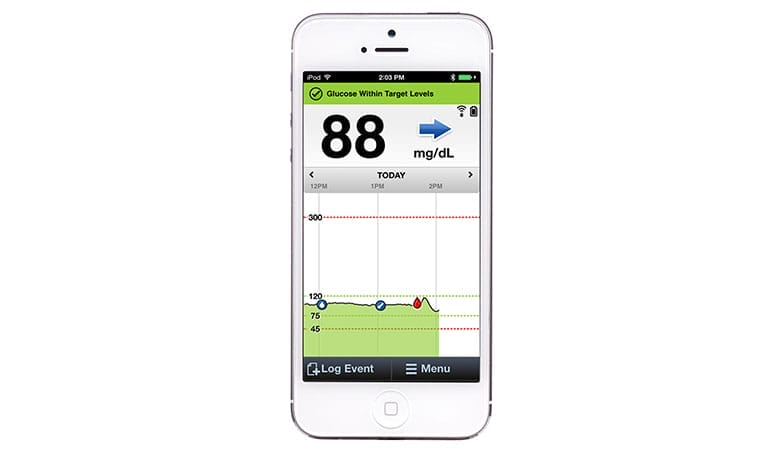Is Apple Store close scrutiny of medical apps becoming a reality
It has hit the news that Apple is applying closer scrutiny to the content and reliability of medical apps sold via the Apple Store. Many are wondering what this really means and whether this is a good or bad thing.

Are the claims that Apple are trying to position itself as the new app FDA valid? And how will Apple manage to take on this new role fairly? We see the concerns as exaggerated. It is true that there are still a number of issues to be addressed mainly around how Apple manages to verify and validate all the multiple app submissions and data sources. And perhaps most importantly, Apple will need to demonstrate that it is not only evolving with, versus against, the FDA but also that it is working with other industry leaders to ensure a coherent and consistent approach. But these issues shouldn’t be seen as insurmountable barriers. We see Apple’s move as an important first step in bringing industry rigour to this new and still undefined but rapidly growing market and ultimately ensuring that user safety is taken seriously.
In fact, Apple’s new strict guidelines could be seen as a direct response to the recent clamp down on medical apps by the FDA. Whether this is the case or not, the industry should be encouraged to work together to make healthcare apps safe and not to rely solely on the FDA to resolve all the issues.
The industry should be encouraged to work together to make healthcare apps safe and not to rely solely on the FDA to resolve all the issues.
For example, the FDA has recently focused attention on the app called uCheck, which checks urine levels of blood, protein and other substances using dipsticks and an iPhone camera to record and analyse results. The FDA asserted that the dipstick plus iPhone constitutes a new medical device and should be subject to 510(k) clearance. The distinction between medical device and app is important and that distinction should reside with the FDA but we also need to make sure that the app submissions themselves are scrutinized.
So what is Apple focusing on? For one it is curbing medical plagiarism currently rampant in the App Store. Three doctors are accused of plagiarizing the Doctor’s Guide to Critical Appraisal. The app was called Critical APPraisal and was released in July 2011. Apple Store review guidelines are straightforward “Ensure that you have the rights to all content used within your app, including code, icons, images, music, and the overall concept. If your content is questionable we will require proof of ownership.” This should not be a surprise, regardless if it is a medical app or not.
Apple has also been asking developers, as part of the submission process, to cite the sources of the information contained in the apps in a manner similar to referencing in medical journals. The new guidelines also state that “Apps that calculate medicinal dosages must be submitted by the manufacturer of those medications or recognized institutions such as hospitals, insurance companies, and universities” and that “Apps that may result in physical harm may be rejected”.
As mentioned previously, how Apple will verify the sources of information for the medical devices remains to be seen. This will be a challenge that needs to be addressed due to the sheer number of app submissions. Approximately 1,000 apps a day were submitted in April and May this year. This translates to around 22 medical apps a day using the crude ratio of current medical apps versus total apps in the Apple Store.
In addition to higher levels of scrutiny, the Apple Store is also reorganising healthcare apps submissions into specific and more clearly defined categories. It has an umbrella collection entitled; “Apps for healthcare professionals”, which is further subdivided into: Reference Apps, Medical Education Apps, EMR & Patient Monitoring Apps, Nursing Apps, Imaging Apps, Patient Education Apps and Personal Care Apps. These distinctions are very helpful for physicians and patients alike.
We believe one step further would be of benefit, namely, adding some level of indication around apps that have received official regulatory approval. This would allow clinicians and patients alike to have greater confidence that the app is safe and effective for its intended use. After all, who would be happy to be diagnosed or prescribed a drug by an app that a clinician randomly downloaded from the Apple Store?
Overall, we believe Apple’s new approach has the potential to be a game changer and should improve the medical content in the app store. Now we just need to wait and see how it evolves. It will particularly fascinating to see how the Apple corporate social responsibility and the final FDA guidance on Mobile Medical Applications, which has just been released, play out.
Paulo Pinheiro
Embedded Systems Group
Sagentia
